Fuente: CME/ 27 de Abril de 2016
Las oportunidades y los retos planteados por la financiación de la nueva agenda en materia de educación, en particular con respecto a dar respuesta a las necesidades de las poblaciones más marginadas, han sido objeto de atención por parte de un grupo de alto nivel durante la Semana de Acción Mundial 2016.

Teopista Birungi, member of the International Commission on Financing Global Education Opportunity, former Education International’s Executive Board member.

Un evento conjunto UNESCO/CME
El 25 de abril, la UNESCO y la Campaña Mundial por la Educación (CME) realizaron este evento conjunto centrado en la equidad y la financiación, que tendrá lugar en la sede de la UNESCO en París, Francia.
El evento, titulado Financing for SDG4-Education 2030: Leaving no one behind – what will it take to narrow inequity gaps? [La financiación del ODS4 en materia de educación 2030: No dejemos a nadie atrás – ¿Qué se necesita para reducir las brechas de la desigualdad?], brindó la oportunidad de promover medidas urgentes destinadas a incrementar la magnitud y la eficacia de las inversiones en el programa de educación global y que la educación esté al alcance de los más necesitados. Teopista Birungi, ex miembro del Consejo Ejecutivo de la Internacional de la Educación (IE) y actual miembro de la Comisión internacional sobre la financiación de las oportunidades educativas en el mundo, intervino en este grupo.
Los oradores principales fueron:
- El Excelentísimo Embajador Tarald Brautaset, enviado especial del gobierno de Noruega para la educación, responsable de la Comisión internacional sobre la financiación de las oportunidades educativas
- Fuad Omer, Delegado Permanente Adjunto, Delegación Permanente de Etiopía ante la UNESCO (por confirmar)
- Andreas Schleicher, Director, Directorado de Educación y Habilidades, Organización de Cooperación y Desarrollo Económico
- Romilly Greenhill, jefe del equipo sobre la financiación del desarrollo , Instituto de Desarrollo de Ultramar
- David Archer, director de desarrollo de programas deActionAid, miembro del Consejo de Administración de la CME
- Teopista Birungi, fundadora del Sindicato Nacional de Docentes de Uganda (UNATU), ex miembro del Consejo Ejecutivo de la Internacional de la Educación (IE), Directora Adjunta de los Servicios Educativos de la autoridad municipal de la capital, Kampala, miembro de la Comisión internacional sobre la financiación de las oportunidades educativas en el mundo
La educación en el centro de la atención
Este evento conjunto, que se emitió en directo por la web aquí, se ha organizado en colaboración con la Semana de Acción Mundial por la Educación (SAME), cuyo tema es “Financiemos el futuro: ¡el derecho a la educación ahora mismo!”, y tiene lugar del 24 al 30 de abril.
El objetivo fundamental de la SAME 2016 es instar a los gobiernos a que:
- Se comprometan y adopten medidas políticas y legislativas a nivel individual para permitir la aplicación y la financiación del Marco de Acción para la Educación 2030
- Cumplan sus promesas financieras bilaterales y multilaterales contraídas en materia de educación
- Realicen progresos apreciables para proporcionar mecanismos que garanticen la justicia tributaria a nivel nacional, regional y mundial
En consonancia con la campaña Unámonos por una educación de calidad de la IE y su respuesta mundial a la privatización y comercialización de la educación, la SAME ofrece “una valiosa oportunidad de colaborar con otras partes interesadas del ámbito de la educación para hacer que los gobiernos asuman sus compromisos y apoyen la plena aplicación del derecho a una educación de calidad universal y gratuita para todos”, subrayó el Secretario General de la IE, Fred van Leeuwen.
Presentación del informe sobre los recursos destinados a la educación
Antes del evento UNESCO/CME, el equipo del Informe de Seguimiento de la Educación en el Mundo presentó las últimas noticias relativas a las tendencias recientes en materia de ayuda humanitaria y para el desarrollo destinada a la educación.
Financiemos el futuro
El primer año de aplicación de la nueva agenda de educación 2030 es crítico y brinda a los activistas de la sociedad civil una oportunidad única para garantizar que el tema de la financiación ocupe un lugar destacado.
La SAME centrará su atención en instar a los gobiernos y a la comunidad internacional a “Financiar el futuro”– no solo durante esa misma semana, sino también durante todo el año 2016. Se trata de una de las principales actividades organizadas por la CME, una amplia coalición formada por sindicatos, organizaciones no gubernamentales, instituciones y organizaciones comunitarias del ámbito de la educación, de la cual la IE es miembro fundador.
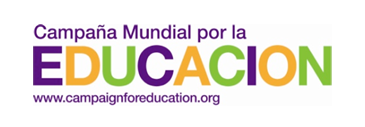
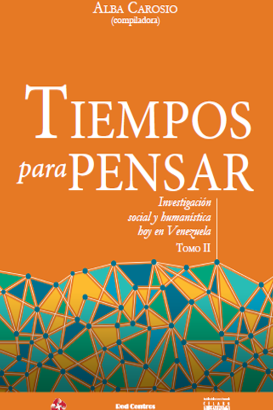
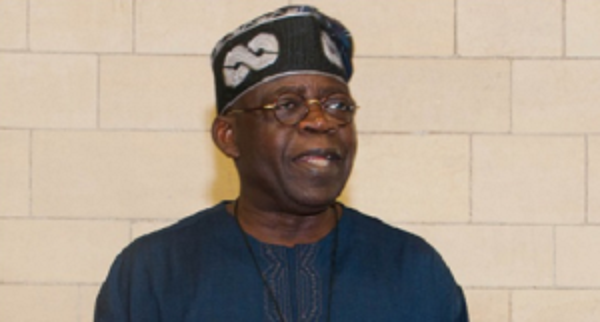
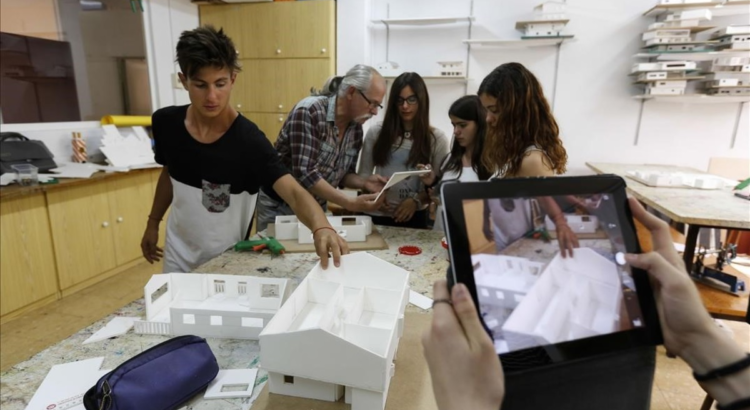
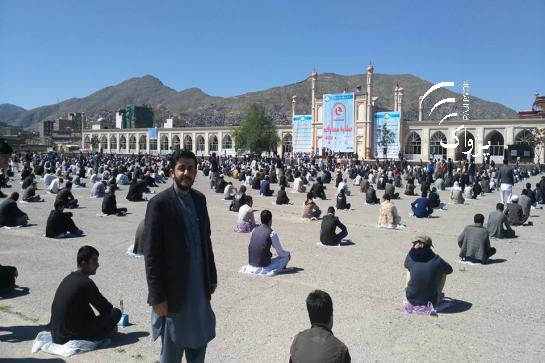
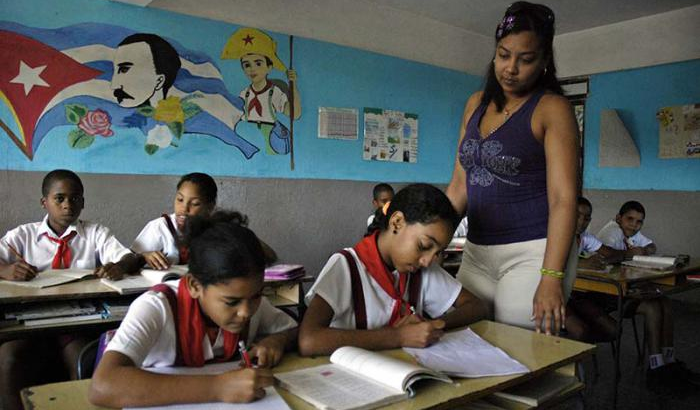
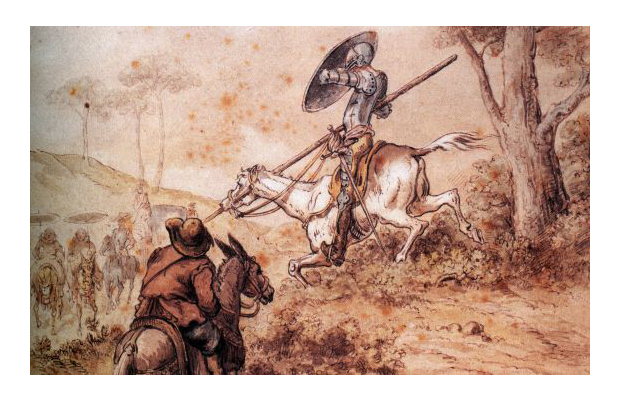







 Users Today : 8
Users Today : 8 Total Users : 35460722
Total Users : 35460722 Views Today : 14
Views Today : 14 Total views : 3419884
Total views : 3419884